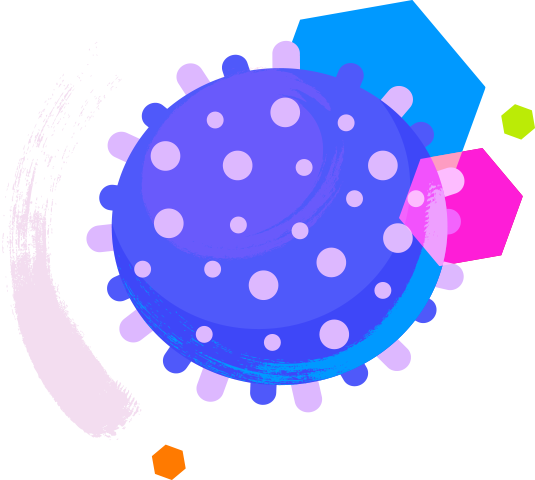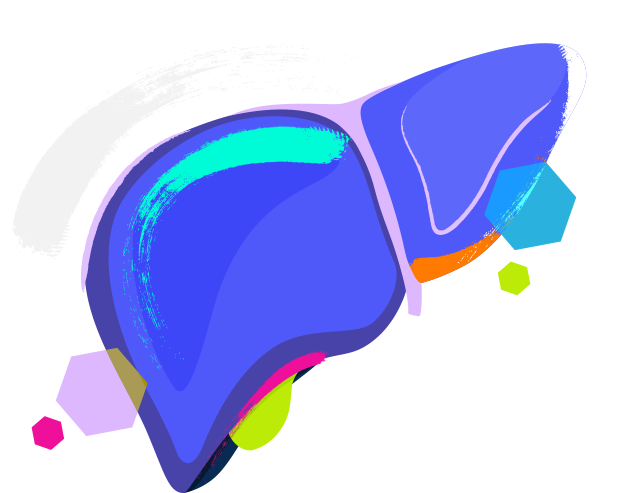Medical tests and examinations
may identify other signs of iMCD, including1,4:
Your kidneys not
working properly
Your spleen and/or liver
are larger than normal
Lymph nodes that are larger than normal
You have a low number
of red blood cells
(which are responsible for
carrying oxygen around
your body)








